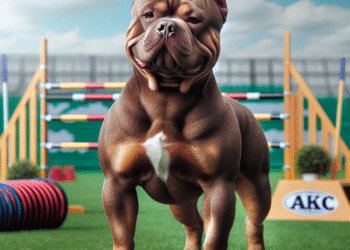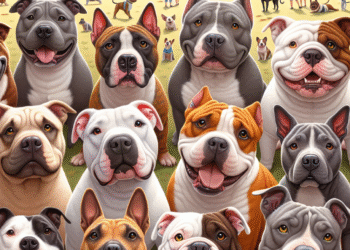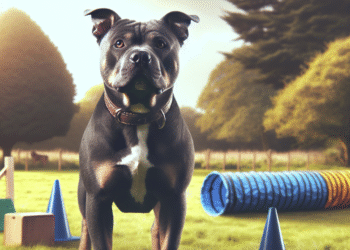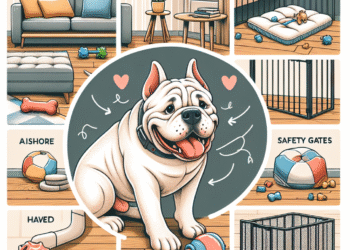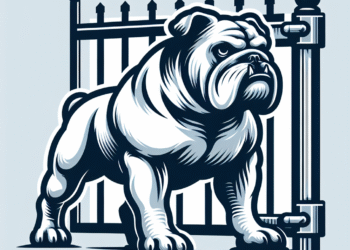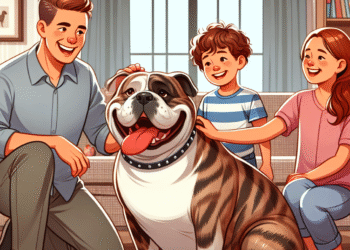The American Bully and the American Pit Bull Terrier are two breeds often confused for one another due to their similar appearances and shared ancestry. However, they have distinct characteristics, histories, and temperaments that set them apart. This article aims to unpack the differences between these two popular breeds, helping potential owners make informed decisions.
1. Origins and History
American Pit Bull Terrier
The American Pit Bull Terrier (APBT) traces its roots to the early 19th century, primarily originating from crossbreeding bulldogs and terriers in England. Initially bred for bull-baiting, they were later adapted for tasks like farm work and companionship. Over time, APBTs have gained a reputation as loyal, strong, and intelligent pets.
American Bully
The American Bully emerged in the late 20th century, primarily developed in the United States. It was created by intentionally breeding APBTs with various bull breeds, including the American Staffordshire Terrier and the Bulldog. This breed was intended to exhibit a more muscular physique and a gentler disposition compared to its ancestors.
2. Physical Characteristics
American Pit Bull Terrier
APBTs are muscular dogs with a strong build, typically ranging from 30 to 65 pounds. They have a smooth, short coat, with colors spanning a wide range, including brindle, fawn, black, and blue. Their ears are often cropped, but many owners choose to leave them natural.
American Bully
The American Bully is characterized by its broad head, muscular body, and shorter stature. Weighing anywhere from 70 to 120 pounds, they come in several varieties, including Standard, Classic, Extreme, and Pocket, which vary in size and appearance. Their coat is also short and smooth but can exhibit a wider variety of color patterns than the APBT.
3. Temperament
American Pit Bull Terrier
Often described as loyal and affectionate, APBTs are known for their strong bond with families. They are intelligent and highly trainable but require socialization and consistent training from an early age. Contrary to popular belief, they can be gentle and loving companions, provided they are raised in a positive environment.
American Bully
American Bullies are generally known for their friendly demeanor and approachability. They tend to be social dogs that get along well with families and children. Due to selective breeding for temperament, they usually exhibit a calm and stable nature, making them excellent family pets. However, socialization is still crucial to ensure proper behavior in various situations.
4. Health Considerations
Both breeds are prone to similar health issues, primarily due to their muscular builds. Common concerns include hip dysplasia, skin allergies, and heart problems. Regular veterinary check-ups, a balanced diet, and proper exercise can mitigate many of these risks. Additionally, it’s important to engage in responsible breeding practices to enhance the health of future generations.
5. Legislation and Public Perception
Both breeds face stigma due to their muscular appearance and associations with dog fighting. Certain jurisdictions have breed-specific legislation (BSL) that can restrict or ban ownership of these breeds. Raising awareness about the true nature of these dogs and advocating for responsible ownership is essential in combating misconceptions.
6. Training and Socialization Needs
Training and socialization are vital for both breeds to cultivate appropriate behavior and reduce the risk of aggression. APBTs benefit from structured training due to their intelligence and eagerness to please, while American Bullies respond well to positive reinforcement techniques that reward good behavior.
Conclusion
While the American Bully and American Pit Bull Terrier share a common history and some physical traits, they are distinct breeds with unique temperaments and purposes. Understanding these differences is essential for potential dog owners, ensuring they select a breed that fits their lifestyle and expectations. Whichever breed you prefer, commitment to training, socialization, and responsible care will lead to a rewarding companion experience.




